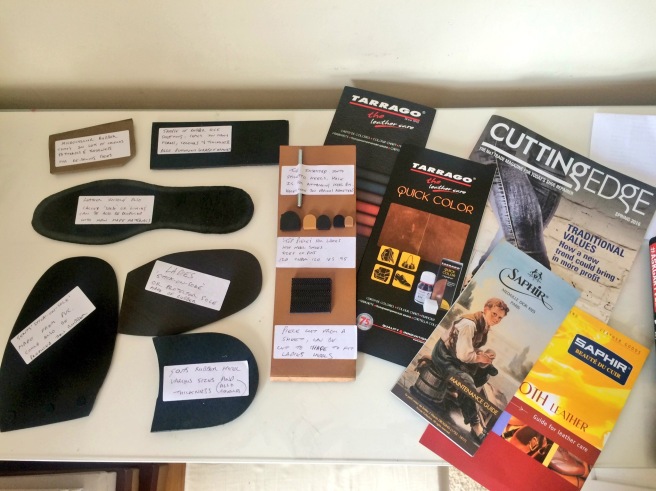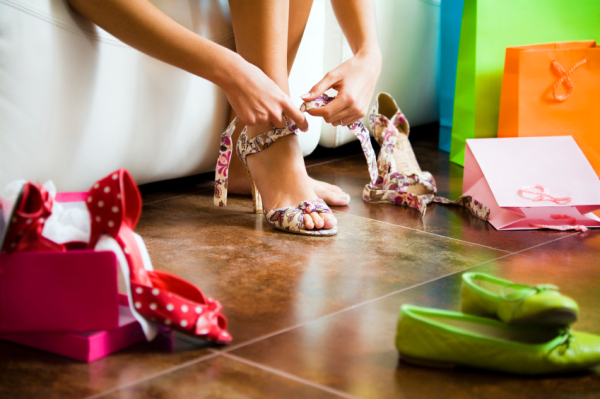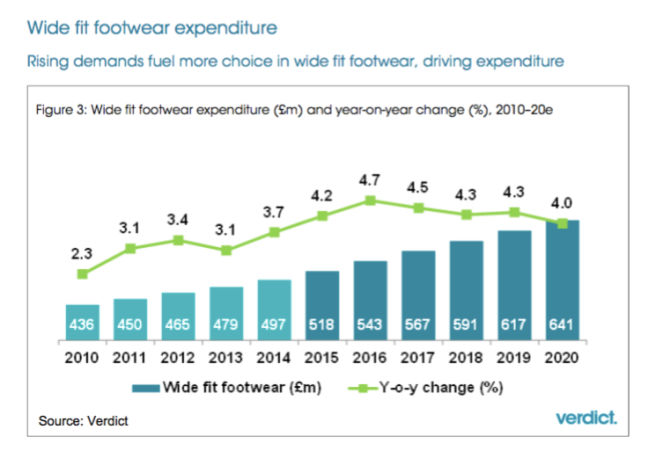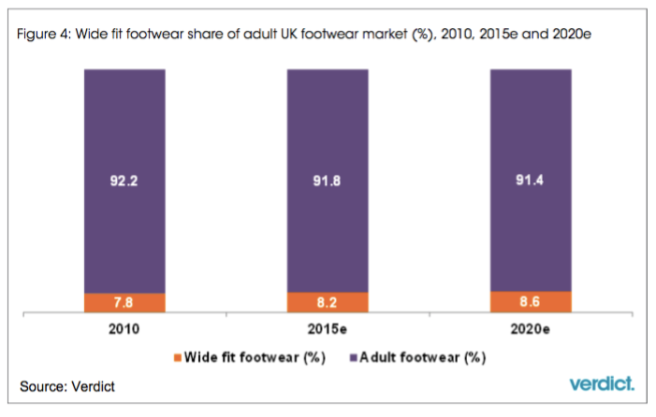On Wednesday the 20th of April, I visited Chiltern street in Marlybone to do some competitor shopping. I went to the street to look at Long Tall Sally’s footwear offering, but I also ended up stumbling across an independent footwear boutique for sizes UK 7.5 – 12.
Long Tall Sally
The store had quite a few customers in it to say its location is far from the popular London shopping locations and it was 11pm on a Wednesday morning. Naturally, all the women in there were incredibly tall, reaffirming my belief that women are actively seeking out clothing and footwear to fit their tall frames, that they can’t get from normal hughstreet stores.
I spent time in the footwear lounge pretending to browse, listening in on the conversations between the customers and the staff, to see what they were asking for in terms of size, fit and styles.
Long Tall Sally had their own brand footwear offering, but they also stocked a lot of external brands.
- Deluxe by ITS
- Barefoot Tess
- Hush Puppies
- Nine West
They had an overall size range from UK 7-13. Most of the Long Tall Sally own brand shoes were manufactured in China, but there were some made in India & Spain from the external brands. But generally quite cheap sourcing locations, with a £15 entry price and a £110 exit price – cheap/affordable shoe offering.
Crispins Shoes
After my visit to Long Tall Sally, I spotted an independent shoe store specifically for large size footwear (UK 7.5-12). I had a look inside and they had a wide range of shoes and stocked a lot of brands as well as their own brand range. Similarly to Long Tall Sally, there were lots of women in there trying on shoes, desperately trying to find shoes and getting fed up when they couldn’t find the perfect pair – again reaffirming that footwear shopping for long sizes is a task for a lot of women and there is a market for it.
Apart from Crispins shoes own label there was a lot of external brands filling out the 2 room store.
- Pas De Rouge
- JB Martin
- Pretty Loafer
- Stuart Weizmann
- Brunate
- Peter Kaiser
- John Grey
- Pretty Ballerina
- Victoria Mengoni
- Kennel & Schmenger
- Think
- Ganter
- Toni Pons
- Victoria Mengoni
- Ara
Entry price £64.95 for a pair of Toni Pons espadrilles, exit price £495 for a pair of Stuart Weizmann heels. They had a commercial collection of shoes, wearable for all ages and personal styles. The store was poorly merchandised, but the staff were very friendly and wanting to help without being pushy sellers. One of the companies USP’s is that the store staff know everything about the shoe range and try to be as helpful as possible in finding you a well fitting pair of shoes.
Their most popular size in that store was UK size 9, so all the display shoes were size 9’s.
Sourcing locations were better than Long Tall Sally, the majority of the product was made in Italy & Spain.
















































